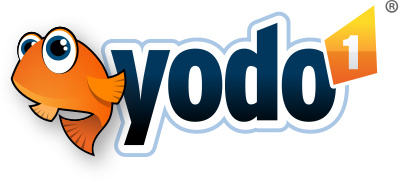How can we help?
Step 1
Register, submit your game & add payment details
Step 2
Integrate MAS SDK & comply with legal frameworks
Step 3
Add app-ads.txt & release your game online
Make sure you take care of a few additional steps, beyond integration, so that your game is making maximum revenue with MAS.



